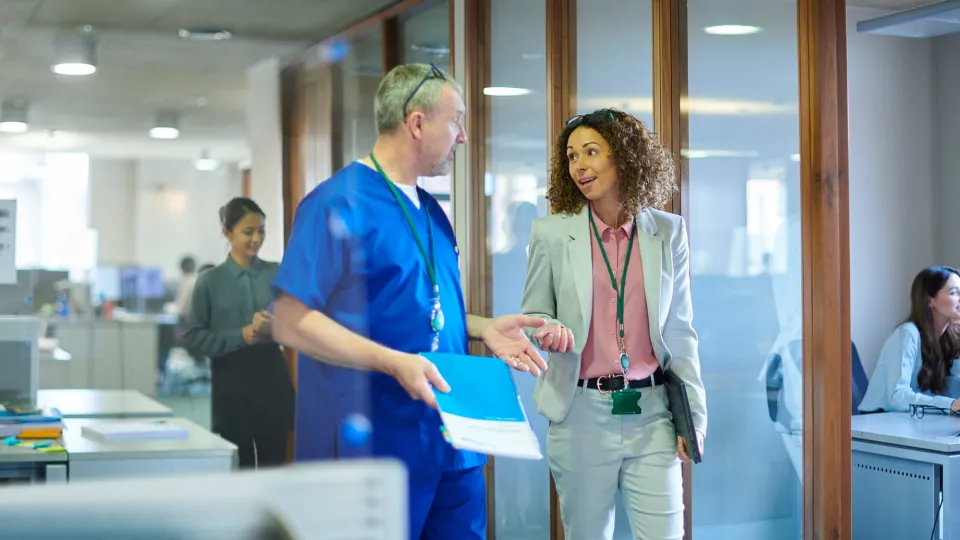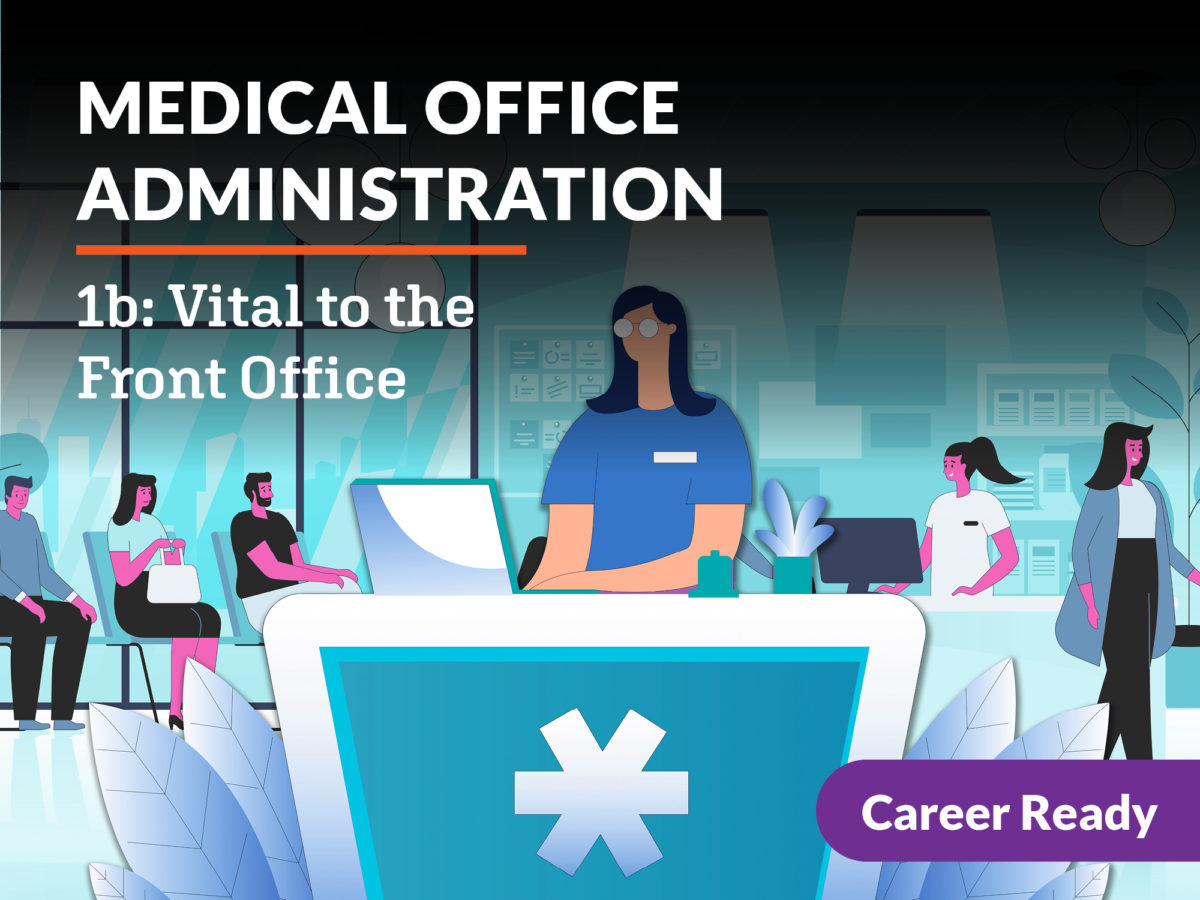Medical Administration Programs: What to Look for in a Top quality Program
Medical Administration Programs: What to Look for in a Top quality Program
Blog Article
Finest Practices in Medical Management for Improving Performance and Reducing Costs
In the ever-evolving landscape of health care, the search of ideal practices in clinical management is paramount for improving performance and suppressing expenses. By integrating sophisticated modern technologies such as electronic health records and telemedicine, health care companies can enhance procedures and improve patient care.
Leveraging Advanced Innovation
In today's rapidly developing health care landscape, leveraging sophisticated modern technology is no much longer optional but important for effective medical administration. The combination of digital options right into health care systems has actually changed the means centers run, improving processes and improving person treatment. Electronic Wellness Records (EHRs) are pivotal, providing extensive individual data that can be accessed promptly by authorized personnel, therefore decreasing redundancy and decreasing mistakes. By centralizing person information, EHRs eliminate the need for cumbersome paperwork and facilitate smooth interaction amongst doctor.
Telemedicine is an additional technological development that has revolutionized patient communication. It uses comfort for both patients and health care specialists by allowing remote examinations, which can minimize the need for in-person brows through and enhance appointment scheduling. In addition, telehealth platforms can extend medical care access to country or underserved areas, linking gaps in treatment delivery.
Moreover, the usage of Expert system (AI) and artificial intelligence is coming to be progressively widespread in predictive analytics, enabling for very early detection of prospective wellness concerns and more educated decision-making. These technologies, when integrated successfully, can improve diagnostic precision and personalize individual treatment strategies, ultimately leading to enhanced healthcare end results and operational performance.
Optimizing Resource Allocation
By purposefully taking care of sources such as workers, tools, and funds, medical care centers can dramatically enhance their functional efficiency, boost individual end results, and minimize unnecessary expenditures. The first step in optimizing resource allocation involves conducting an extensive evaluation of present possessions and determining locations where resources may be underutilized or exhausted.
Focusing on resource appropriation based upon patient needs and solution needs is important. This involves lining up sources with high-demand areas, such as emergency situation care or specialized therapies, to ensure timely and reliable individual care. Applying versatile staffing versions can likewise maximize labor resources by readjusting workers appropriation in action to fluctuating individual volumes. Furthermore, embracing telemedicine and other technical services can reduce physical source restraints by providing different avenues for patient-provider communications.
Funds need to be meticulously checked and allocated with calculated insight to sustain both short-term operational requirements and long-lasting institutional objectives. This consists of investing in training programs that enhance personnel expertises and taking on energy-efficient methods that lower operational expenses (medical administration). Inevitably, an optimized source allotment strategy promotes a lasting health care setting that is responsive, efficient, and financially sensible
Streamlining Workflow Processes
When medical care facilities goal to improve operational effectiveness, streamlining workflow procedures comes to be a pivotal focus. Effective workflows lessen redundancy, eliminate unnecessary actions, and improve sychronisation amongst medical care professionals. This method not just increases solution distribution yet additionally boosts the top quality of patient care.

Next, innovation integration plays a substantial role in simplifying workflows. Carrying out digital health records (EHRs) and digital physician order entrance (CPOE) systems lowers paperwork, reduces human mistake, and makes certain information is easily accessible to all relevant personnel. Furthermore, leveraging telemedicine systems can simplify client examinations and follow-ups, reducing the strain on physical facilities.

Ultimately, streamlined process cause set you back decreases and improved client fulfillment, fostering a much more sustainable health care environment.
Enhancing Data Monitoring
Structure upon structured process, enhancing information monitoring becomes a vital part ahead of time health care administration. Efficient data monitoring systems are critical for preserving accurate person records, boosting decision-making, and making certain compliance with regulatory criteria. By carrying try this out robust information administration solutions, medical care centers can improve the quality of individual care while simultaneously lowering operational costs.
One secret aspect of boosting data monitoring is the combination of advanced electronic health document (EHR) systems. These click over here now systems facilitate the smooth exchange of client details across various departments, minimizing duplication of examinations and minimizing mistakes. A properly designed EHR system supports information analytics, enabling doctor to determine fads and make notified choices concerning person care.
Additionally, safeguarding individual information is extremely important. Taking on extensive cybersecurity actions, including file encryption and normal audits, ensures the stability and privacy of delicate details. This not just shields patients yet additionally preserves the institution's online reputation.
Buying personnel training is an additional crucial aspect. Enlightening health care professionals on data administration techniques enhances their ability to efficiently use modern technology, bring about improved patient outcomes. In final thought, improving data administration with sophisticated modern technology and thorough training is crucial for attaining performance and price decrease in clinical management.
Fostering Collaborative Interaction
An essential part beforehand clinical administration is promoting collective communication among healthcare specialists. Reliable interaction is vital for making sure smooth individual care, optimizing therapy this article end results, and lessening mistakes. By encouraging open dialogue and control throughout multidisciplinary teams, healthcare organizations can boost their functional effectiveness and reduce unneeded prices.
Central to this technique is the integration of interaction modern technologies such as electronic health documents (EHRs) and protected messaging platforms, which promote the fast exchange of essential patient details. These tools make it possible for health care companies to access and share information in genuine time, ensuring that all staff member are educated and lined up in their decision-making procedures. Routine team conferences and interdisciplinary rounds can even more advertise a culture of cooperation and accountability.
Educating programs focused on improving communication skills are additionally vital. These programs can aid personnel create the ability to share information clearly and pay attention actively, hence reducing misconceptions and fostering a helpful job environment. On top of that, taking on standardized communication methods, such as SBAR (Situation, History, Analysis, Recommendation), can enhance the exchange of information, making sure that essential details are shared succinctly and effectively. Inevitably, fostering joint communication leads to boosted health care distribution and expense savings (medical administration).

Conclusion
Incorporating advanced modern technology, such as digital wellness documents and telemedicine, along with maximized source allowance and structured process processes, is important for enhancing efficiency in medical administration. Reliable information management and promoting collaborative communication amongst medical care groups are important for lessening redundancies and enhancing care top quality. By focusing on precautionary care and engaging in top quality enhancement efforts, healthcare companies can accomplish significant cost financial savings and enhanced patient end results, consequently guaranteeing sustainable medical care shipment in an increasingly intricate atmosphere.
Report this page